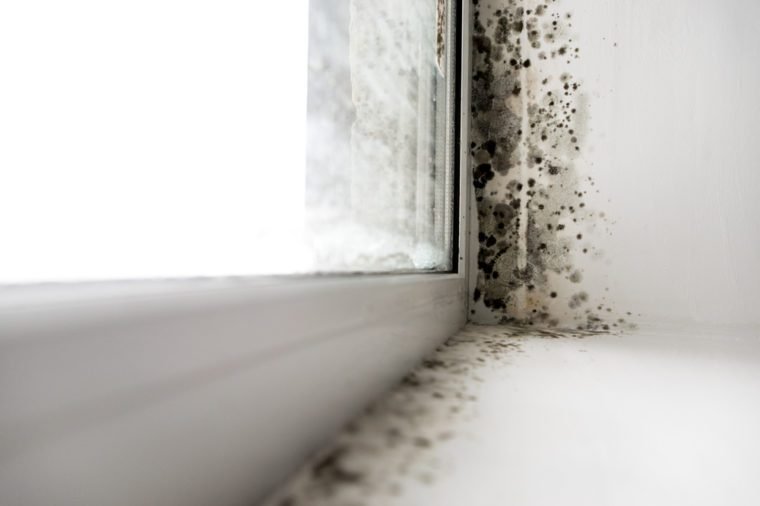How do I report a bed bug problem?
Apartments & Rental Units
If the problem is not addressed by your landlord, call your local building inspector.
Hotels & Motels
Call Waukesha County Environmental Health (262)896-8300
Owner Occupied Home
Contact a local Pest Control Company familiar with treating bed bugs.
What are bed bugs?
- Bed bugs are small insects that feed on the blood of people and animals while they sleep.
- They are oval with flat, rusty red colored bodies.
- Bed bugs cannot fly or jump.
- They are not a sign of poor hygiene or cleanliness. Anyone can be affected.
- Bed bugs hide in bedding, on mattresses or box springs, and in cracks and caps in walls and furniture.
What are signs of bed bugs?
- Seeing bed bugs in the folds of mattresses or sheets.
- Finding rust-colored blood spots on mattresses, sheets, or furniture.
- Finding their exoskeletons after molting.
- Smelling a sweet musty odor.
What are bed bug bites like?
- Bed bugs usually bite at night when people are sleeping.
- Bed bug bites are painless and usually don't wake people.
- The bites can develop into large itchy spots on the skin. Some people may have an allergic reaction to the bites.
- Scratching the bites can cause an infection.
- Bed bugs are not known to spread disease.
How did I get bed bugs?
- Bed bugs are good at hiding. They can be brought into your apartment or house on luggage, used clothing, electronics, furniture, bedding, and other items that were once in an infested area.
- They can move from one infested apartment to another or if the apartment has not been properly treated.
- If you travel (in the US or internationally), stay or live in homeless shelters, hotels, youth hostels, dormitories, and group homes, you should take action to prevent bed bugs.
How do I prevent bed bugs in my apartment or house?
- Check used furniture before bringing it in to your apartment or house. Look in the cracks and gaps with a flashlight for bed bugs.
- Cover used mattresses and box springs in a bed bug proof plastic case.
- Wash all used bedding, clothing, curtains and other linens right away in hot water and dry in a hot dryer.
- When traveling, inspect the room you're staying in for bed bugs. When you get home, check luggage and other belongings before entering your house or apartment.
What should I do if I think I have bed bugs?
- It's hard to get rid of bed bugs, but it can be done!
- If you think you have bed bugs:
- Look in cracks and gaps in furniture, bedding, trim, window coverings with a flashlight.
- Clean and remove clutter in infested areas to reduce hiding places.
- Carefully clean infested areas using a vacuum. Empty the vacuum immediately after use and get rid of the vacuum bag by putting it in a plastic bag and throwing it away.
- Seal mattress and box springs in bed bug proof plastic cases.
- Wash all bedding and linens in hot water and dry in hot dryer.
- Over the counter pesticides and aerosol foggers (bug bombs) don't work and if used incorrectly, can cause chemical poisoning.
- The best way to get rid of bed bugs is to have a professional pest control company do it. Heat treatment combined with chemicals is the most effective way to control bed bugs.
What if I rent my apartment or house?
- Ask your landlord to hire a pest control company.
- Call your local building inspector
Resources
Bed Bugs in Schools-Information from Virginia Department of Ag and Consumer Services on how to handle bed bugs in schools.
Bed Bugs-In Home Visitors/Social Workers - Information from University of Minnesota on how to protect yourself while conducting home visits.
Legal Action of Wisconsin-A non-profit law firm based out of Milwaukee.
Community Advocates-Also can help with rent assistance, threat of eviction, and offers support with other issues.
DATCP Landlord/Tenant Guide-Answers frequently asked questions in regards to landlord/tenant complaints.
Tenant Resource Center-Answers frequently asked questions in regards to landlord/tenant complaints.










